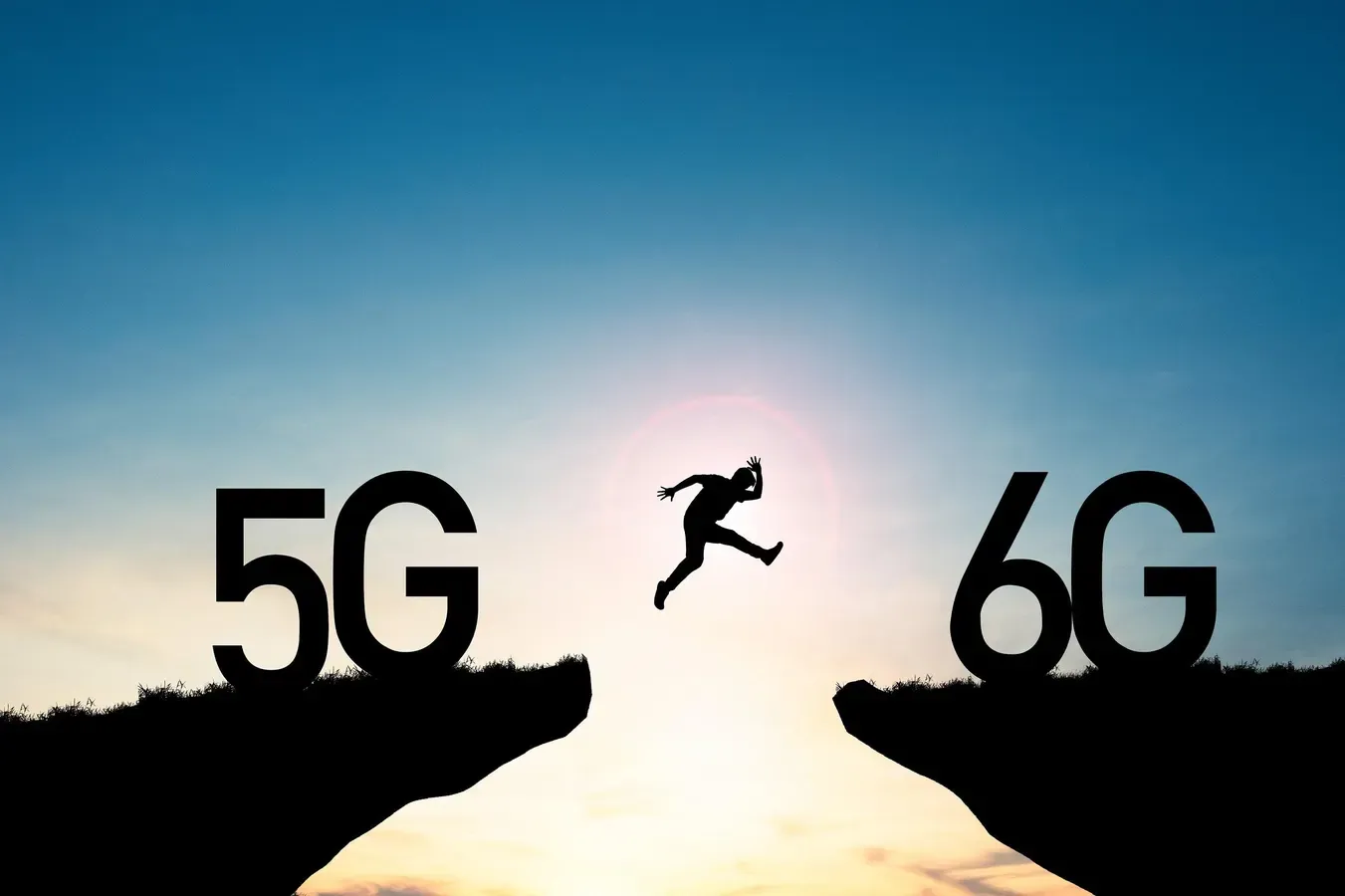

The evolution of wireless technology continues to reshape our digital landscape, promising unprecedented connectivity and capabilities. Let’s explore this topic in more detail with Papa’s Freezeria below. As we stand on the cusp of a new era in telecommunications, the transition from 5G to 6G represents a quantum leap in how we interact with the digital world. This article delves into the current state of 5G, the potential of 6G, and what these advancements mean for our increasingly connected future.
5G technology has been hailed as a game-changer in the world of wireless communication. It offers significantly faster data transfer speeds, lower latency, and the ability to connect a vast number of devices simultaneously. This fifth-generation cellular network technology is designed to meet the growing demands of our data-hungry society, from streaming high-quality video content to enabling the Internet of Things (IoT) on a massive scale.
The implementation of 5G networks has already begun in many countries, with telecommunication companies racing to expand coverage and capitalize on its potential. The technology promises to revolutionize industries such as healthcare, automotive, and manufacturing by enabling real-time data processing and communication. For consumers, 5G means faster download and upload speeds, smoother streaming experiences, and the potential for new augmented and virtual reality applications.
However, the rollout of 5G has not been without challenges. Infrastructure costs, spectrum allocation issues, and concerns about security and privacy have all posed obstacles to its widespread adoption. Despite these hurdles, the momentum behind 5G continues to grow, with ongoing research and development aimed at refining and expanding its capabilities.
Read more: How AI Is Transforming Everyday Life in 2025
Even as 5G networks are still being deployed, researchers and tech companies are already looking ahead to the next generation of wireless technology: 6G. While it’s still in the conceptual stages, 6G is expected to build upon the foundation laid by 5G, pushing the boundaries of what’s possible in wireless communication.
6G is anticipated to offer even faster data speeds, potentially reaching terabits per second, which is hundreds of times faster than 5G. This astronomical increase in speed could enable new applications that are currently beyond our imagination. The ultra-low latency of 6G could make real-time holographic communication a reality, revolutionizing how we interact with remote environments and each other.
Moreover, 6G is expected to integrate artificial intelligence and machine learning at its core, enabling networks to self-optimize and adapt to changing conditions in real-time. This could lead to more efficient use of spectrum and energy, as well as improved network reliability and security.
The possibilities that 6G could unlock are vast and exciting. Some potential applications include:
. Immersive extended reality (XR) experiences that blur the line between the physical and digital worlds
. Autonomous vehicles with enhanced sensing and communication capabilities
. Advanced healthcare solutions, including remote surgery with haptic feedback
. Smart cities with interconnected systems for traffic management, energy distribution, and environmental monitoring
. Highly personalized AI assistants that can anticipate and meet our needs in real-time
These applications could fundamentally change how we live, work, and interact with our environment. However, it’s important to note that many of these ideas are still speculative and will require significant technological advancements to become reality.
While both 5G and 6G aim to provide faster, more reliable wireless communication, there are several key differences between the two technologies:
Speed: 5G aims to deliver peak data rates of up to 20 Gbps, while 6G is expected to reach speeds of 1 Tbps or more. This massive increase in speed could enable applications that are currently impossible, such as high-fidelity holographic communication.
Latency: 5G targets a latency of 1 millisecond, which is already incredibly fast. 6G, however, aims to reduce this even further to microseconds or even nanoseconds. This near-instantaneous responsiveness could be crucial for applications like remote surgery or autonomous vehicles.
Connectivity: While 5G can support up to 1 million connected devices per square kilometer, 6G is expected to increase this capacity significantly. This could enable true ubiquitous connectivity, where every object around us is potentially part of the network.
Frequency Bands: 5G operates in the sub-6 GHz and mmWave bands. 6G is likely to explore even higher frequency bands, potentially including terahertz frequencies. This could open up vast new spectrum resources but also present new challenges in terms of signal propagation and hardware design.
AI Integration: While 5G networks can benefit from AI, 6G is expected to have AI and machine learning built into its core architecture. This could lead to self-optimizing networks that can adapt to changing conditions and user needs in real-time.
Read more: The Future of Quantum Computing: What You Need to Know
The path from 5G to 6G is not without its obstacles. Some of the key challenges that researchers and engineers will need to address include:
Technological Hurdles: Developing the hardware and software capable of handling the extreme speeds and low latencies of 6G will require significant breakthroughs in areas such as antenna design, signal processing, and materials science.
Infrastructure Requirements: The higher frequencies expected to be used in 6G will necessitate a denser network of base stations and new types of antennas. This could require substantial investment in infrastructure.
Energy Efficiency: As data rates increase, so does energy consumption. Ensuring that 6G networks are energy-efficient will be crucial for both environmental and economic reasons.
Security and Privacy: With the increased connectivity and data flow of 6G networks, ensuring robust security and protecting user privacy will be more important than ever.
Standardization: Developing global standards for 6G will be essential to ensure interoperability and widespread adoption. This will require cooperation between various stakeholders, including governments, telecom companies, and technology providers.
While 6G is still largely conceptual, research and development efforts are already underway. Many countries and companies are investing heavily in 6G research, recognizing its potential to drive innovation and economic growth.
In the United States, the Next G Alliance has been formed to advance North American leadership in 6G. In Europe, the 6G Flagship program is spearheading research efforts. China has also announced ambitious plans for 6G development, with the aim of launching 6G services by 2030.
However, it’s important to note that the transition from 5G to 6G will be gradual. Even as 6G research progresses, 5G networks will continue to evolve and improve. Many of the technologies being developed for 6G may find their way into advanced 5G systems before 6G is fully realized.
The advent of 6G is expected to have far-reaching implications for society and various industries:
Healthcare: 6G could enable advanced telemedicine applications, including remote surgery with haptic feedback and real-time health monitoring through wearable devices.
Education: Immersive learning experiences using extended reality could become commonplace, potentially revolutionizing how we acquire knowledge and skills.
Manufacturing: The combination of 6G, IoT, and AI could lead to fully autonomous factories with real-time optimization and predictive maintenance.
Transportation: 6G could support advanced autonomous vehicle systems and intelligent traffic management, potentially reducing accidents and congestion.
Entertainment: Ultra-high-definition streaming, immersive virtual experiences, and new forms of interactive media could transform how we consume content.
These advancements could lead to significant improvements in quality of life, productivity, and sustainability. However, they also raise important questions about digital divide, job displacement, and the ethical use of technology that society will need to address.